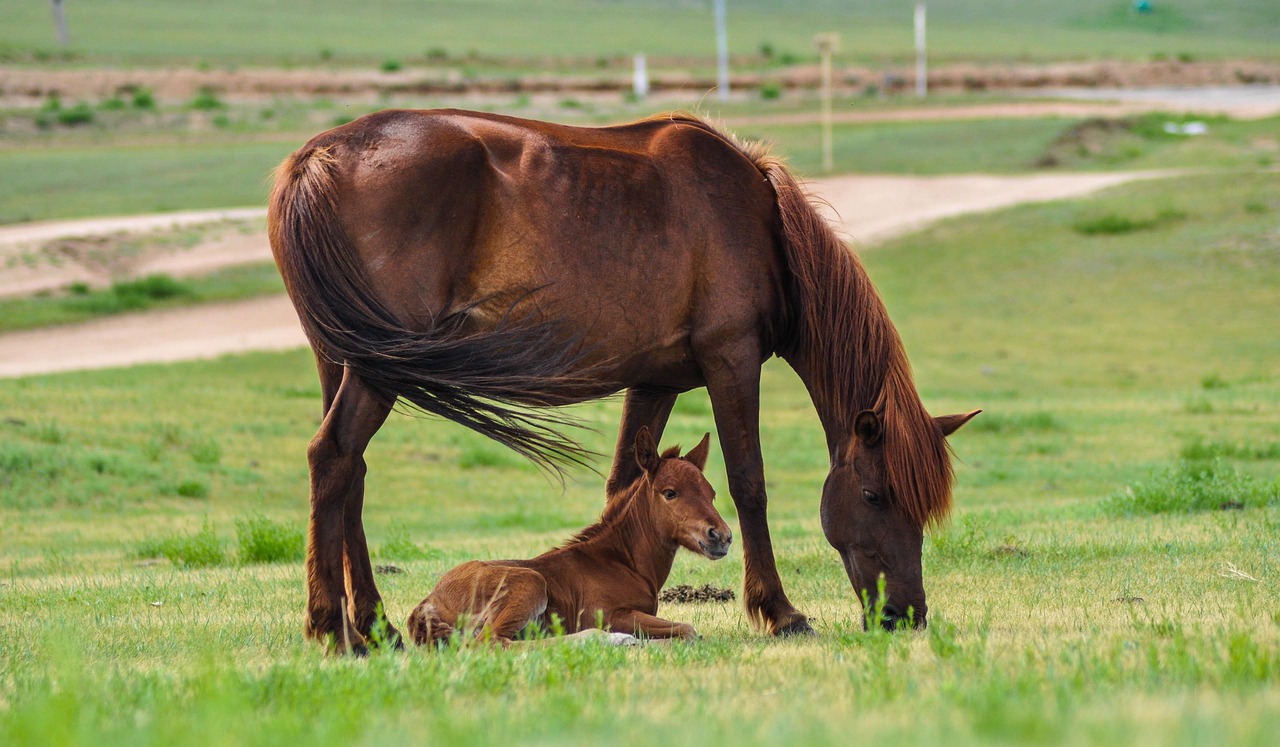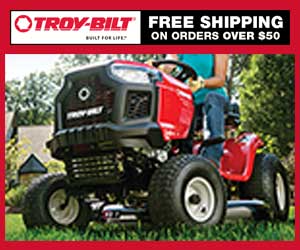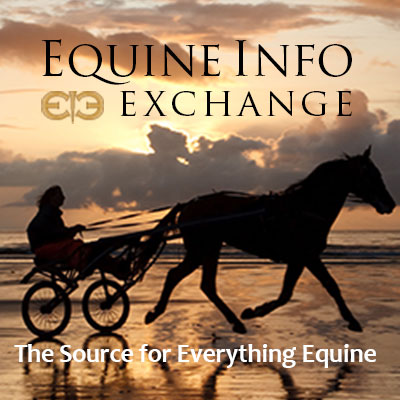
Equestrians know a steady mind keeps the stride honest. We obsess over feed, feet, and fitness, yet curiosity and calm cement the whole picture. Daily enrichment doesn’t need gadgets or drama; it requires intention and rhythm. Even outside equestrian circles, an igaming solution aggregator shows how intelligent curation helps people find what matters—practical inspiration for owners, sorting advice, tools, and routines for real horses. EIE readers value practical, trustworthy ideas built for everyday barn life.
Why Enrichment Belongs In Every Program
Horses evolved to roam, graze, and hang out with buddies for hours, which stalls and tight schedules often compromise. When needs slip, boredom or stress can surface as weaving, cribbing, or box-walking. Thoughtful enrichment nudges time budgets toward natural behavior, easing anxiety and sharpening focus under saddle. That doesn’t replace good turnout or forage; it layers on calm, curiosity, and choice.
What The Research Says (In Plain Barn English)
Reviews link stereotypic behaviors to suboptimal management, with foraging-focused tweaks showing promise. Slow-feed hay bags lengthen eating time and can reduce unwanted patterns. Simple puzzle feeders, mirrors, or activity balls shift stall time away from standing and into purposeful engagement. None is are cure-all, but used consistently, they help horses settle and learn. That’s the win.
Easy Daily Tweaks You’ll Actually Keep Doing
Grand plans fade; small habits stick. Anchor enrichment to chores you already do—hay, mucking, grooming—so it happens even on busy days. Rotate items weekly to keep novelty without reinventing the wheel. Pair compatible turnout buddies for quiet social time. Keep notes so the barn team sees what works and what flops for each horse.
Five Quick Ideas To Try This Week
- Swap one hay feeding for a slow net to stretch foraging time without extra cost.
- Add a treat-dispensing ball for short, supervised sessions, then rotate it out.
- Create a sniff-and-explore corner with safe textures and scents; refresh monthly.
- Set pole patterns that ask for look, think, step—not just “go round.”
- Test a stall mirror for anxious types; track behavior for two weeks.
Training Upside: Calm Horses Learn Faster
A settled horse hears lighter aids, travels more softly, and copes better off-property. By meeting mental needs first, you lower overall arousal, so show-day noise or new venues feel less threatening. That steadiness benefits amateurs and pros alike, from first crossrails to complex lateral work. You’re teaching a brain, not just a body; enrichment keeps the lights on.
Match Tools To Temperament And Job
Not every horse loves the same puzzle or pace. Start with low-effort foraging games, then layer challenges that fit the horse’s mind and discipline. Trail-minded horses may enjoy variety underfoot, while ring horses might benefit from thoughtful pole grids. Give each experiment two weeks and record changes in behavior, appetite, and work ethic.
Using Simple Tech To Keep Everyone On The Same Page
You don’t need fancy systems to stay organized, but digital logs reduce misses. Stable apps and software track health notes, shoeing, vaccines, ride plans, and enrichment rotations, so nothing lives only in someone’s head. That clarity helps trainers, vets, and grooms pull in the same direction, quietly improving welfare and results.
Turn Data Into Kind, Consistent Routines
Give each horse a card—digital or paper—with a rotating plan: slow net on Monday, ball on Wednesday, poles on Friday. Snap quick photos or jot two-line notes after rides. Over time, you’ll spot patterns: which toy soothes pre-ride jitters, which days need extra hand-grazing: less guesswork, fewer flare-ups, more good work.
Curate Your Sources Like A Pro
EIE thrives by surfacing practical, credible equine content for a broad audience, and that mindset helps in the barn. Make a short list of trusted guides—veterinary-backed explainers on enrichment, welfare pages from national organizations, and hands-on DIY pieces. Review monthly, then trial one new idea with notes before scaling. Keep it real; keep it horse-first.
Choosing Products With Horse Sense
Flashy isn’t the point; safe and durable is. Favor gear that extends foraging, encourages gentle movement, or sparks controlled curiosity. Read product pages with a skeptical eye for claims and look for references to time budget changes or reduced stall vices. The best tools fit your space, your routine, and your horse’s personality.
A Quick Note On Organized Catalogs And Discovery
Well-structured directories outside our industry remind us why clean taxonomy matters. Clear categories and labeling help owners quickly find welfare-first ideas, rather than doom-scrolling. Even a directory of casino game developers demonstrates how indexing speeds discovery—a concept equine communities can borrow for training plans, enrichment libraries, and barn SOPs without losing the horse in the process.
Bottom Line: Curiosity Today, Confidence Tomorrow
Enrichment is not superfluous; it is part of good riding. Make minor, consistent adjustments to attendance and feed, matching them to temperament, and record your observations. Use simple tech for consistency, keep your sources tight, and celebrate tiny wins. A curious horse becomes a confident partner—and that confidence shows in every hoofbeat.
There are more interesting articles in our section on Tack & Farm.
































